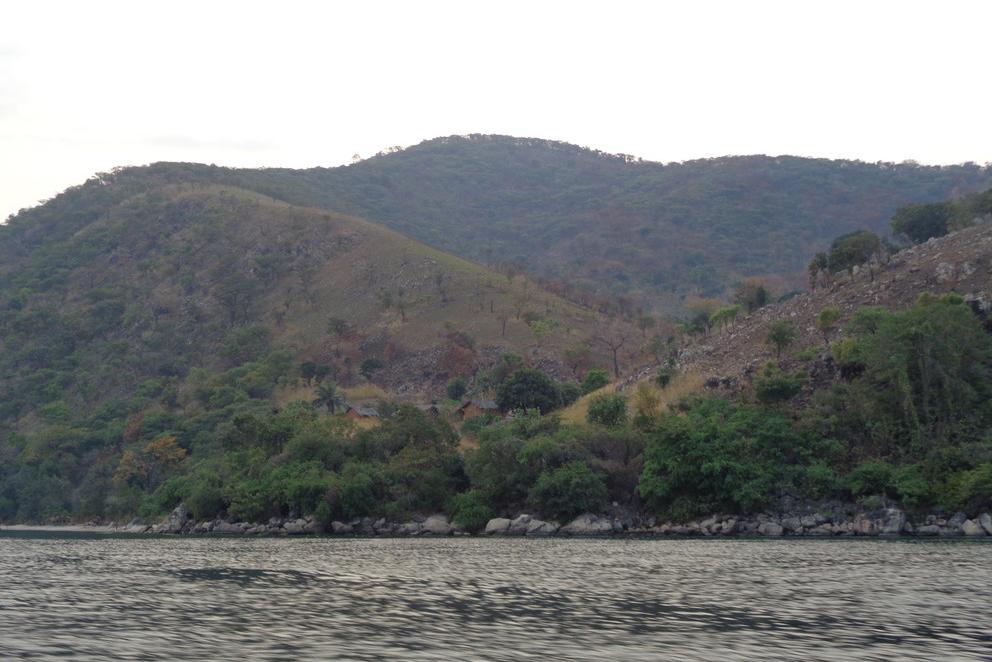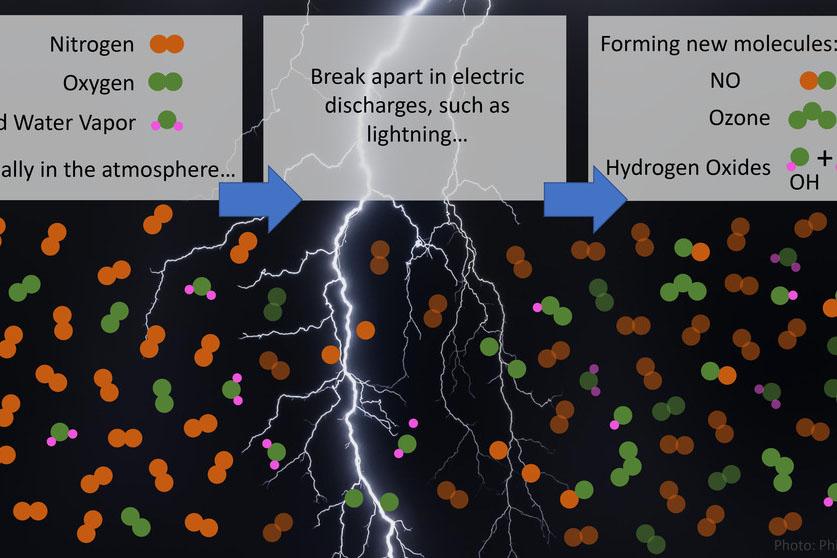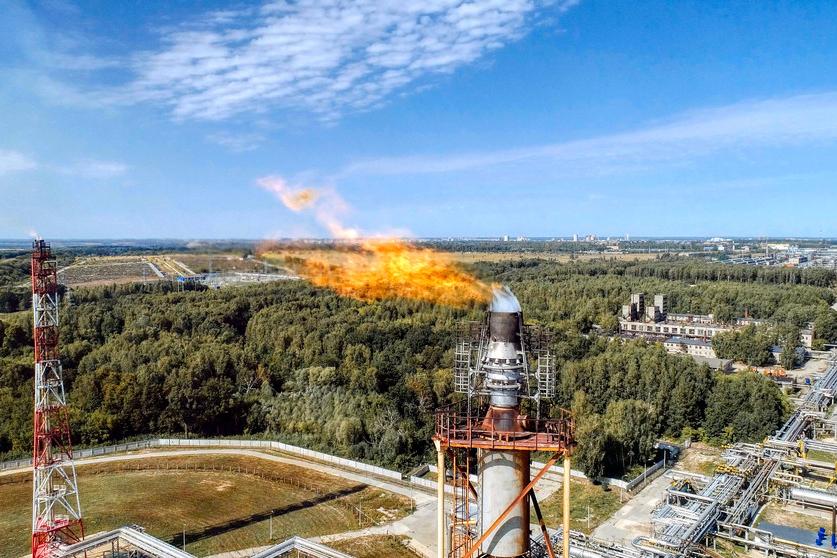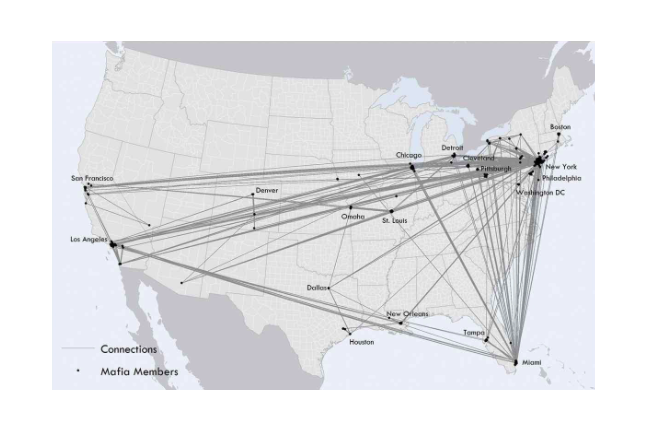Read the latest news about research conducted by investigators in the College of Earth and Mineral Sciences. Our faculty and students are continually advancing technology, creating solutions and expanding knowledge with new and innovative research.
News
For the first time, the subsurface structural changes of silica glass due to nanoscale wear and damage has been revealed via spectroscopy, which may lead to improvements in glass products such as electronic displays and vehicle windshields, according to a team of international researchers.
A region famous for the coal that once fueled a growing nation is now the focus of a $1.2 million project, led by Penn State researchers, aimed at establishing domestic supplies of critical minerals needed to produce modern technology from cell phones to fighter jets.
New archaeological and paleoenvironmental evidence from Lake Malawi, Africa, shows that the effects on the landscape of humans’ use of fire is tens of thousands of years older than previously thought, according to an international team of researchers.
A team of atmospheric chemists and lightning scientists have found that lightning bolts and, surprisingly, subvisible discharges that cannot be seen by cameras or the naked eye produce extreme amounts of the hydroxyl radical — OH — and hydroperoxyl radical — HO2.
The social cost of methane — a greenhouse gas that is 30 times as potent as carbon dioxide in its ability to trap heat — varies by as much as an order of magnitude between industrialized and developing regions of the world, according to researchers from Lawrence Berkeley National Laboratory (Berkeley Lab), UC Berkeley and Penn State.
Mass extinctions are known as times of global upheaval, causing rapid losses in biodiversity that wipe out entire animal groups. Some of the doomed groups linger on before going extinct, and a team of scientists found these “dead clades walking” (DCW) are more common and long-lasting than expected.
At its height in the mid-20th century, American organized crime groups, often called the mafia, grossed approximately $40 billion each year, typically raising that money through illegal or untaxed activities, such as extortion and gambling.
Air pollution from the burning of fossil fuels impacts human health but predicting pollution levels at a given time and place remains challenging, according to a team of scientists who are turning to deep learning to improve air quality estimates.
Penn State researchers published a perspective article on March 19 in Science, highlighting smart materials that can sense environmental changes and respond accordingly — without externally transferring data — as one avenue to avoid data overload.
The wrong type of earthquake in an area where there should not have been an earthquake led researchers to uncover the cause for this unexpected strike-slip earthquake — where two pieces of crust slide past each other on a fault — in places where subduction zone earthquakes — one geologic plate slipping beneath another — are common.












